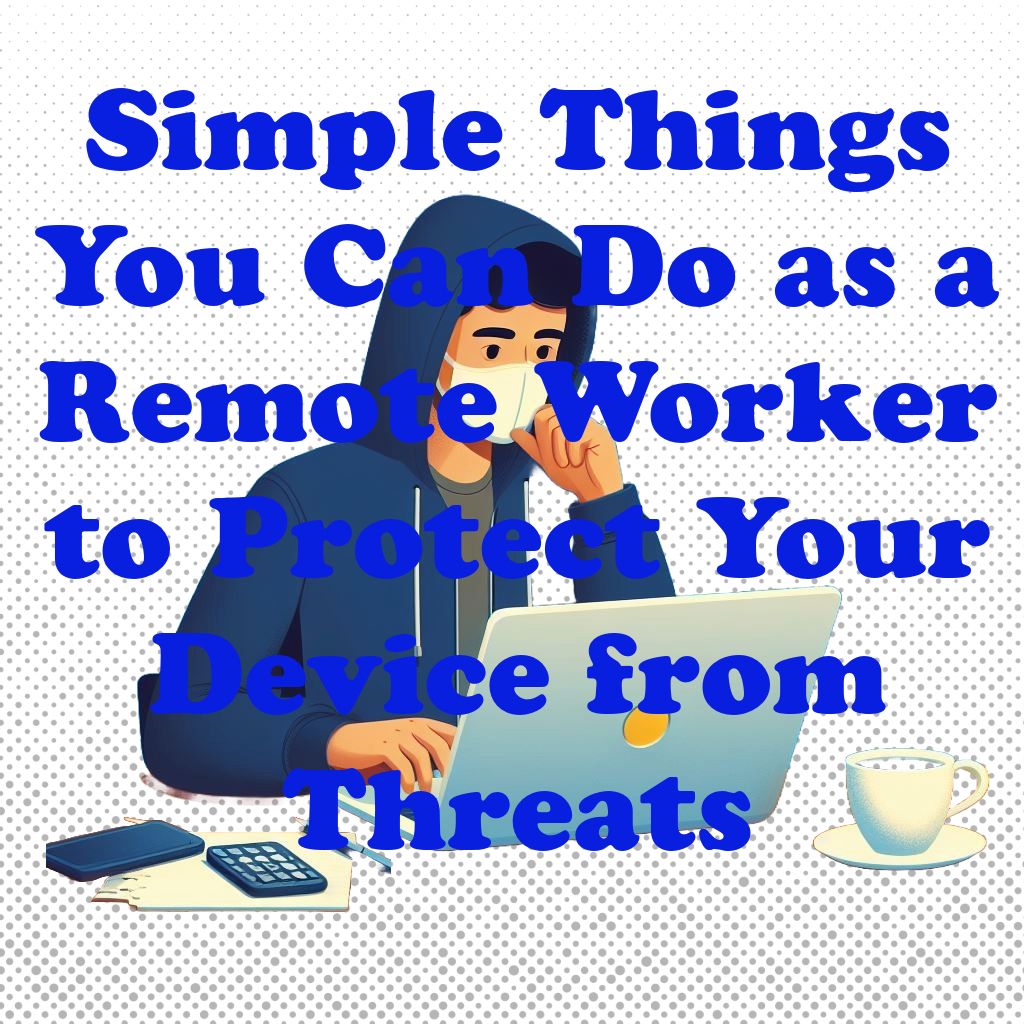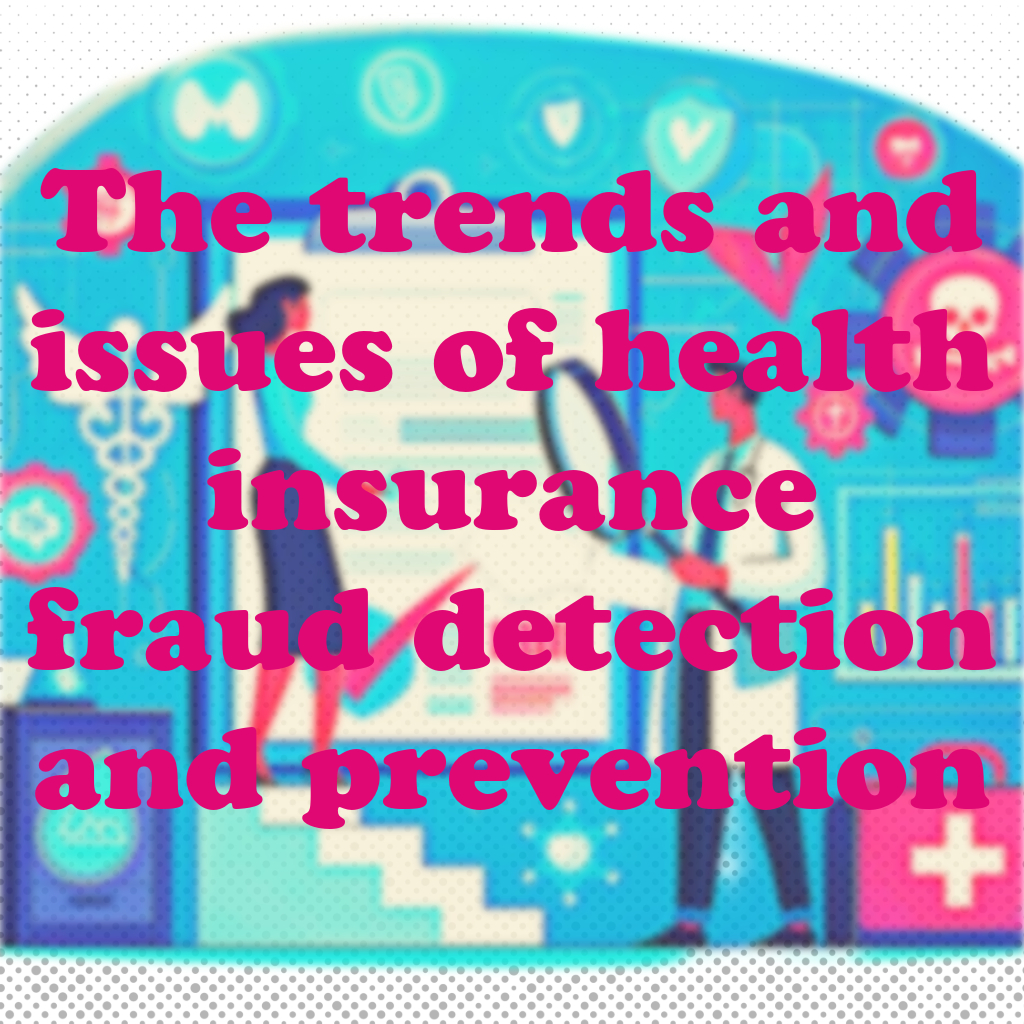Working from home can pose some cybersecurity challenges and risks that need to be addressed. In this article, I’ll share some simple tips and best practices that you can follow to secure your device and data when working remotely.
Avoid Public Wi-Fi Networks
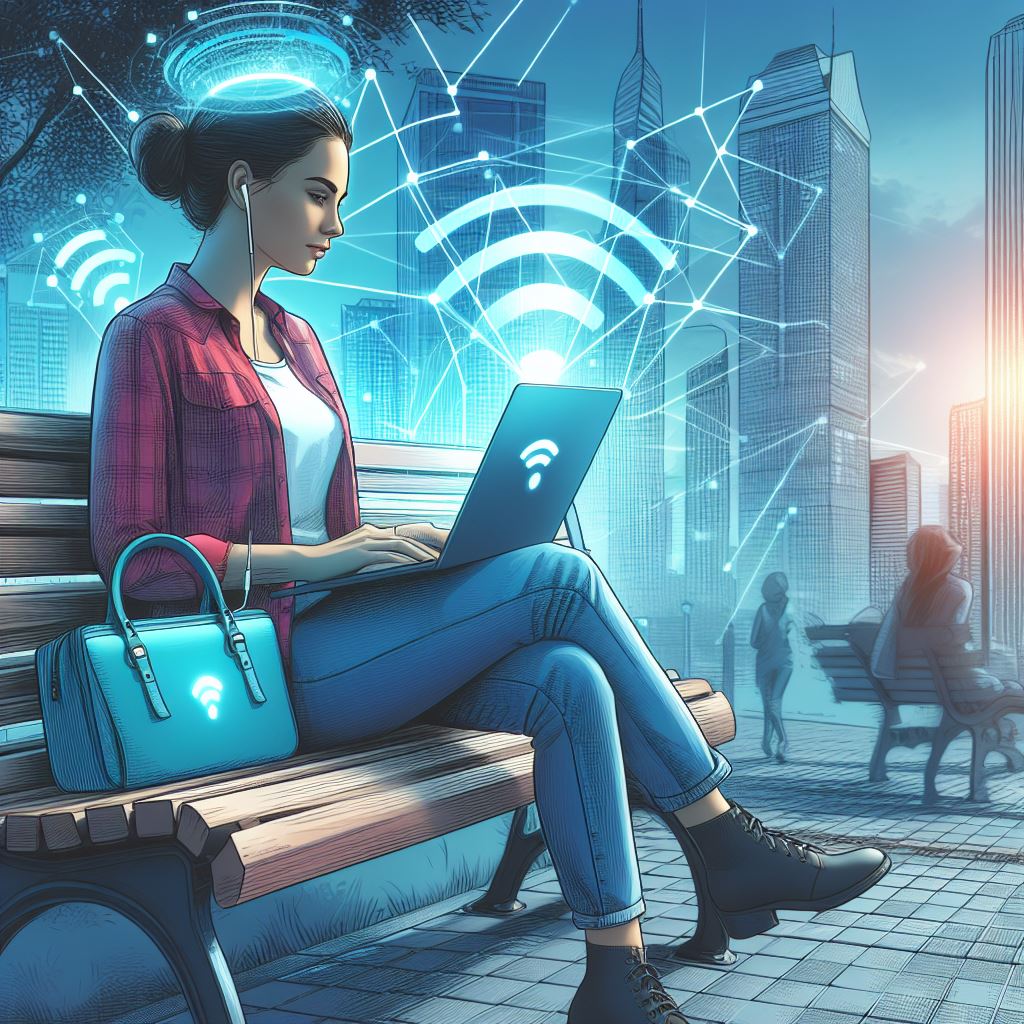
One of the most basic and important steps to protect your device from threats is to avoid using public Wi-Fi networks when accessing work-related accounts or data. Public Wi-Fi networks are often unsecured and vulnerable to cyberattacks, such as man-in-the-middle attacks, where hackers can intercept and modify your online traffic¹. If you have to use public Wi-Fi, make sure you use a VPN (virtual private network) or some other way to encrypt your web connection.
Keep Work Data on Work Devices
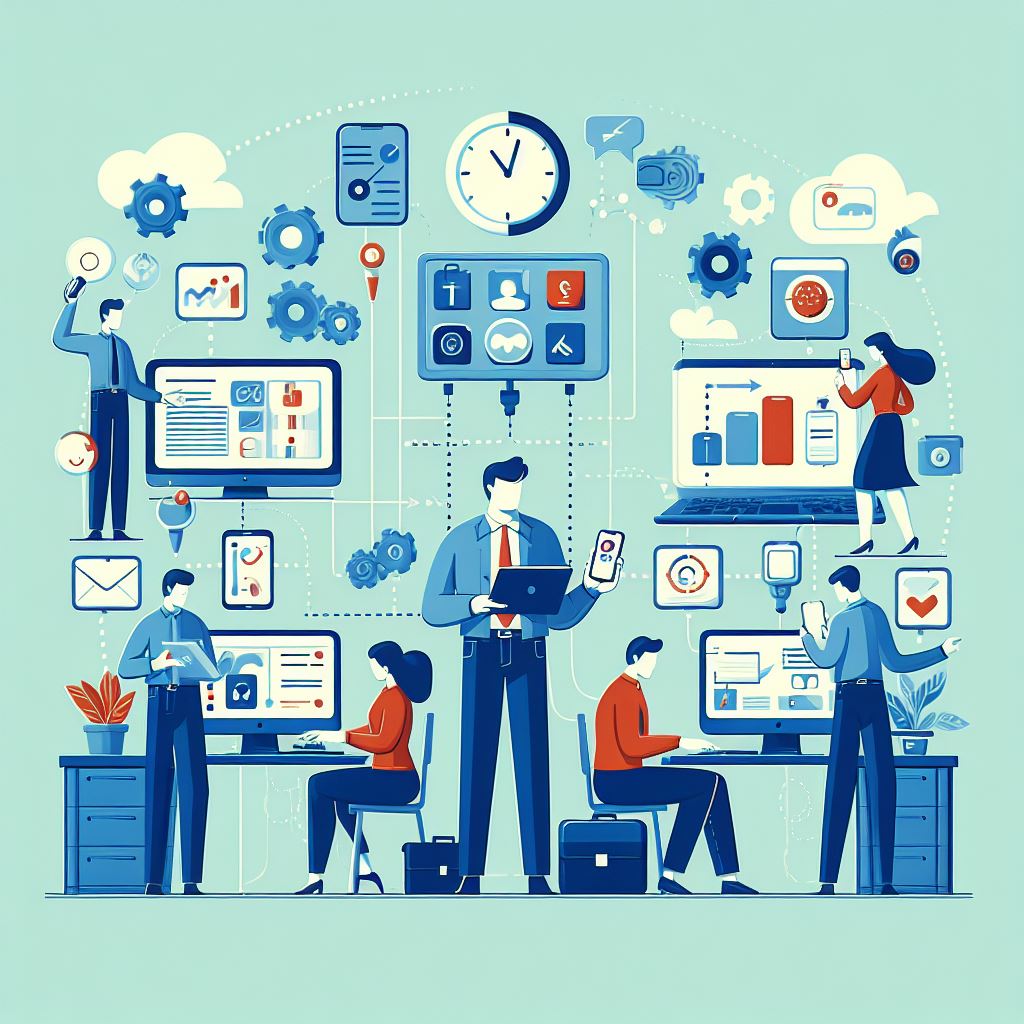
Another tip is to keep your work data separate from your personal data, and use dedicated devices for each purpose. This way, you can reduce the risk of exposing sensitive information to unauthorized parties or compromising your work device with malware or viruses. If you use a single device for both work and personal use, make sure you create separate user accounts and passwords, and enable encryption on your device.
Update Your Software Regularly
To keep your device secure and fast, you need to update your software regularly. Software updates can prevent hackers from taking advantage of security holes and bugs. Make sure you always get the newest updates for your device, including the ones for your OS, antivirus, browser, and apps.
Use Strong Passwords and Multi-Factor Authentication
Passwords are the first line of defense for your online accounts and data. Therefore, you should use strong and unique passwords for each account, and change them regularly. You need a strong password to protect your account. It should have at least 12 characters, with both big and small letters, numbers, and symbols. You can also use a password manager to generate and store your passwords securely. In addition, you should enable multi-factor authentication (MFA) for your accounts, which adds an extra layer of security by requiring a second factor, such as a code sent to your phone or email, to verify your identity.
Be Careful with Emails and Attachments
Emails are one of the most common ways that hackers can trick you into revealing your personal or work information, or infecting your device with malware. Therefore, you should be careful with emails and attachments that you receive, especially from unknown or suspicious senders. Do not open or download any attachments that you are not expecting, and do not click on any links that look suspicious or ask for your personal or work information. If you are unsure about the legitimacy of an email, contact the sender directly or verify with your IT department.
Lock Your Device When Not in Use
Physical security is also important when working remotely. You should always lock your device when you are not using it, or when you leave it unattended. This way, you can prevent unauthorized access to your device and data by anyone who might be around you, such as family members, friends, or strangers. You can also set up a screen saver or a timeout feature that automatically locks your device after a period of inactivity.
Backup Your Data Regularly
Backing up your data is a good practice to ensure that you do not lose any important information in case of a device failure, theft, or cyberattack. You can backup your data to an external hard drive, a cloud service, or a secure server, depending on your preference and availability. Your backups need encryption and a secure place to store them. You should backup your data regularly, preferably daily or weekly, depending on how often you update your data.
Educate Yourself on Cybersecurity
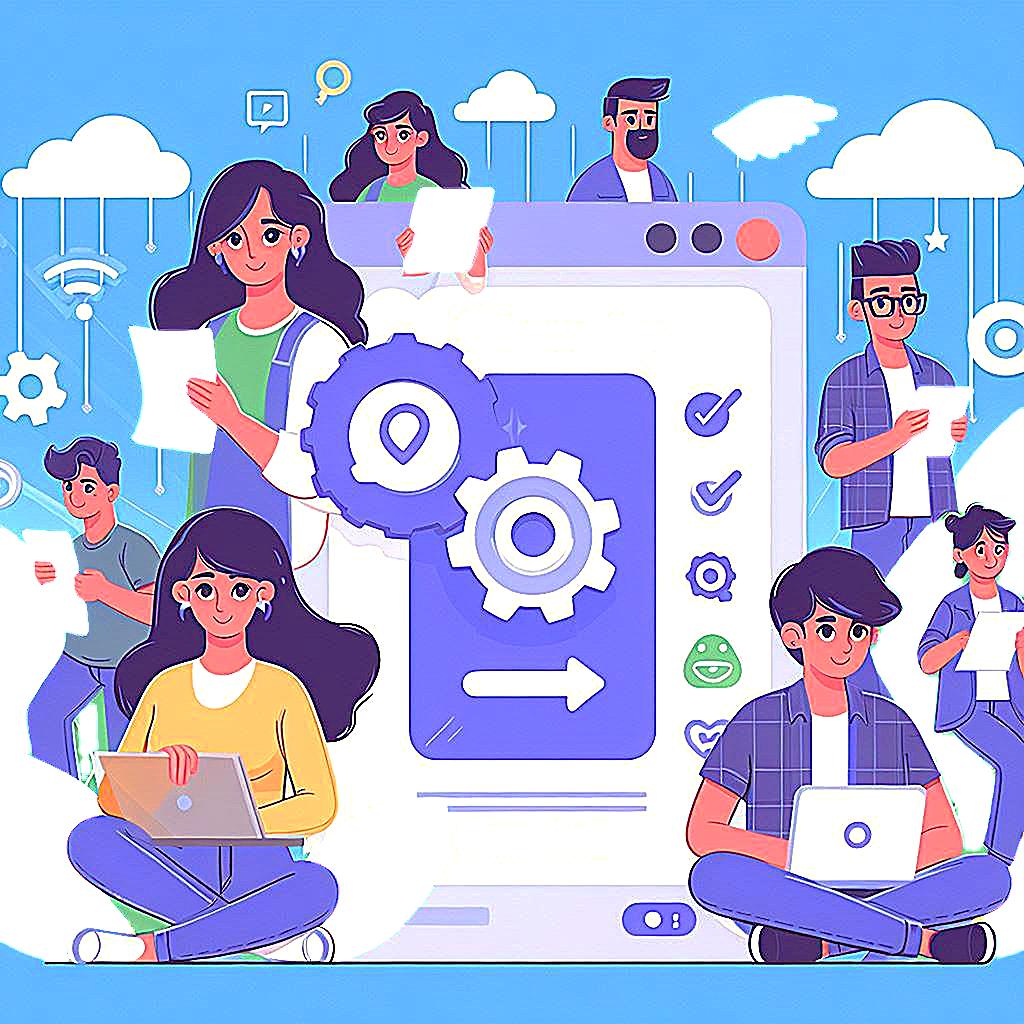
Finally, one of the best things you can do as a remote worker to protect your device from threats is to educate yourself on cybersecurity. You should stay informed and aware of the latest trends and threats in the cyber world, and follow the guidelines and policies of your organization. You should also report any suspicious or unusual activity or incident to your IT department or manager as soon as possible. By developing good habits and following these tips, you can help provide a secure environment for your work.
I hope this article helps you understand some simple things you can do as a remote worker to protect your device from threats.
